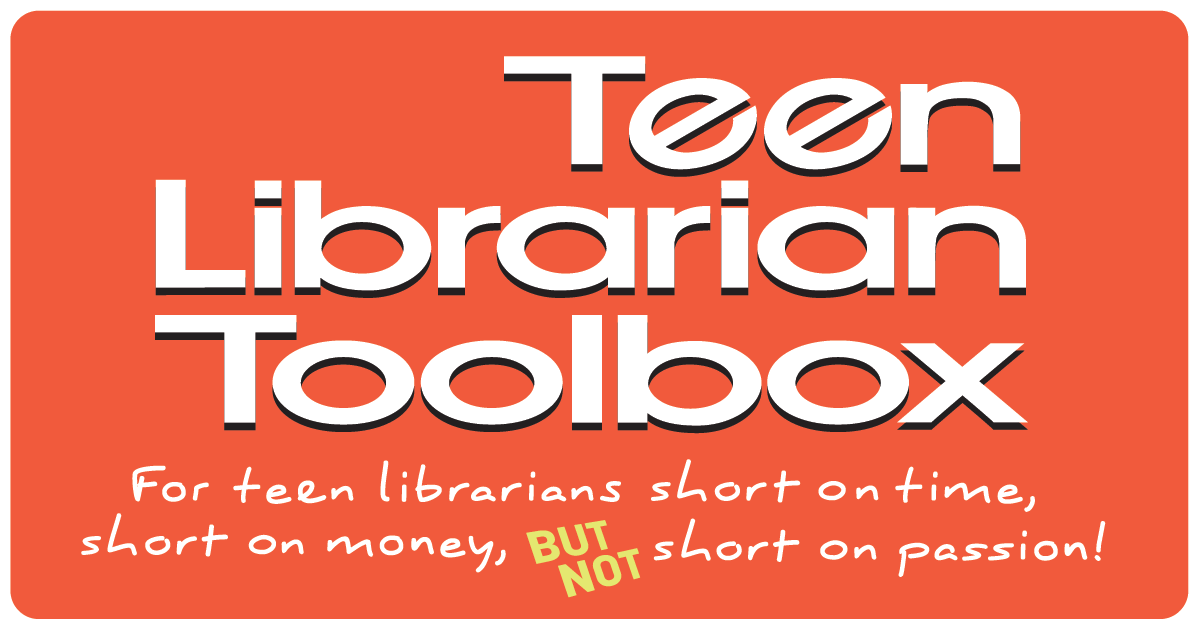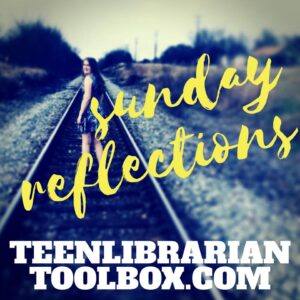Sunday Reflections: There is no one right way to be an American
I am what they used to call a military brat (do they still call it that?). I’ve moved around. A lot.
I’ve lived on the West Coast, about 45 minutes away from Los Angeles. I lived in the South. I lived in the Midwest. I’ve visited the East Coast and Chicago and Florida. I have been very blessed to see a large part of the United States and to meet a wide variety of people who call themselves American.
No two of them are the same.
For 20 years I have lived in the state of Ohio. The town I got married in is a rural, Midwestern town surrounded by farm land. It’s population is 97% white, it consistently votes conservative, and you will be greeted by someone who knows you every day. But even this town is not any one thing. There are, for example, two colleges in this town: one the very conservative Christian college that I attended and the other a very liberal arts college that proudly boasts of its diverse population.
ADVERTISEMENT
ADVERTISEMENT
In this small, conservative, rural town, a small cohort of teens visit our public library almost daily. Every single one of them somehow identifies as being on the GLBTQ spectrum. They recently used the resources in our Teen MakerSpace to help them celebrate Pride. None of them had a way to get to an actual Pride event, so they sat in the space making Pride flags and buttons and bracelets as they talked about having their own mini-Pride parade throughout our town. The one catch: they openly wondered if they did have their own little Pride event in town if they would get shot. It was a legit fear that I heard the talk about for days and the thing is, I couldn’t even tell them that they were being ridiculous because they were right to be afraid of this possibly happening.
If you drive one hour from this town, you will find yourself in Columbus, Ohio. Columbus is a diverse city with an arts district, public transportation, and a variety of interesting people doing interesting things. The people in Columbus live very different lives from the people who live just 45 minutes away from them. Each of those lives, though different, is valid. Not a single one is more important than the other.
If you drive another hour from Columbus, but in a slightly different direction, you will stumble into another city (town?) that I lived and worked in for about 10 years. This town once housed the KKK headquarters, you can read all about it in the public library’s local history room. At one point and time it had a growing Spanish speaking population and we created a Spanish language collection. In 3 years we totally dismantled that collection because the racism in town was so strong that the growing Spanish speaking population moved on quickly and the items never circulated. This town, like many of them in Ohio, is facing the daily realities of economic despair and the growing opioid epidemic.
In Texas I worked at a library system that had 3 libraries, each one of them completely different. The branch that I worked was in the suburbs and had a large middle class patronage that included a lot of Middle Eastern patrons. I remember one of my teens growing increasingly sad as she approached the day when she would have to wear a hijab in much the same way I see my Amish teens in Ohio lamenting the religious apparel that they must wear or even the teens I talk to daily who are upset because their parents wont let them wear a shirt that shows their belly. Literally across the tracks was another branch that had a lower class population with a large population of third and fourth generation kids from Mexico. They hated when people assumed they only spoke Spanish and many of them had never even learned Spanish because their parents had chosen not to teach it to them in an effort to avoid being stereotyped. The main branch was like many city main branches and served a very diverse population from a wide variety of backgrounds and wrestled with things like serving the homeless and the mentally ill. You could drive just 15 minutes between any of these branches and yet find yourself in yet an entirely different little microcosm.
The public library I visited during my childhood in Southern California is actually a rather small library for a growing city which also has a diverse population. I am, of course, nostalgic for it because it is my childhood library. But the town is growing and changing and like all towns, it constantly has to re-evaluate, re-identify and adapt. A library, a town, a country is a living organism continually growing and change is an inevitable response to that growth.
Since the election and as discord has grown across the United States, many news publications have been insistent on publishing pieces on the rural Midwest in particular insisting that these are true Americans, real ones. And to be fair, they are. The problem is, the rural Midwest is not the only part of America that matters, nor is it the only correct way to be an American. There is no one correct way to be a “real American.”
There are 50 states in the United States of America, from the Pacific Northwest to the Midwest to the South to the North to the West Coast and to the East Coast. Puerto Rico is also part of the United States (a part that we continue to fail horrifically in the aftermath of Hurricane Maria).
In 2017, there were 325.7 million people living in the United States.
More than half of these people live in just 9 states: California, Texas, Illinois, Michigan, Ohio, Pennsylvania, New York, Georgia and Florida. Los Angeles and New York City have the highest population of any cities.
Only 65.8% of the population is white.
Slightly less than 50% of the population identifies as being Protestant. Slightly less than 20% identify as having no religion at all.
Almost 12,000 new people are born in the United States daily.
ADVERTISEMENT
ADVERTISEMENT
However much you may love America, many other nations actually have a better quality of life and if you are a woman or newborn infant, you actually have a higher chance of dying here than you do in other countries. The United States was recently ranked as the 10th most dangerous country for women.
My point is this: the United States of America is a diverse nation that spreads over 3.797 square miles (land stolen by immigrants and colonizers I might add) and houses over 325 million people. Despite what you read or may even want to believe, it is not primarily made up of middle-class straight white Christians living in the rural Midwest who just want to love God, family, guns and barbecues. And this idea that it is or that it should be is one of the things that is hurting us the most right now. The myth of the “real American” is dangerous, disingenuous, and devaluing.
I am somehow who has spent the majority of my adult life living in the rural Midwest. I am, in fact, a middle-class, straight, white Christian who loves God, family and barbecues (I am personally pretty anti-gun). But even here, in the so called “heart” of America (and I feel that this term is dangerous), I work daily with teens who don’t fit any of these labels and I am here to tell you, we are killing them, both figuratively and literally. I have heard their fears and listened to their stories. I have seen their souls wither and die. I have seen them literally starve for basics like food, education, acceptance and hope while the adults in their communities pass laws that harm them, speak rhetoric that vilifies them, and act like what we do today won’t affect them now and in the future.
And whatever we do to the least of these, to the most vulnerable among us – our children – we do also unto each other. We are planting seeds and the crops we reap will be poison. What’s happening to us now terrifies me, but what terrifies me even more is the future we are creating with the seeds we are planting today.
There is no one right way to be an American and the sooner we learn that, the better off we will be.
Filed under: Uncategorized
About Karen Jensen, MLS
Karen Jensen has been a Teen Services Librarian for almost 30 years. She created TLT in 2011 and is the co-editor of The Whole Library Handbook: Teen Services with Heather Booth (ALA Editions, 2014).
ADVERTISEMENT
ADVERTISEMENT
SLJ Blog Network
The 2024 Ninja Report: Bleak
A Sequel Coming This Summer That You Won’t Want to Miss: Bob Shea Discusses His Latest
Review| Agents of S.U.I.T. 2
ADVERTISEMENT









The thoughts you have shared today need to be read by all. Thank you .